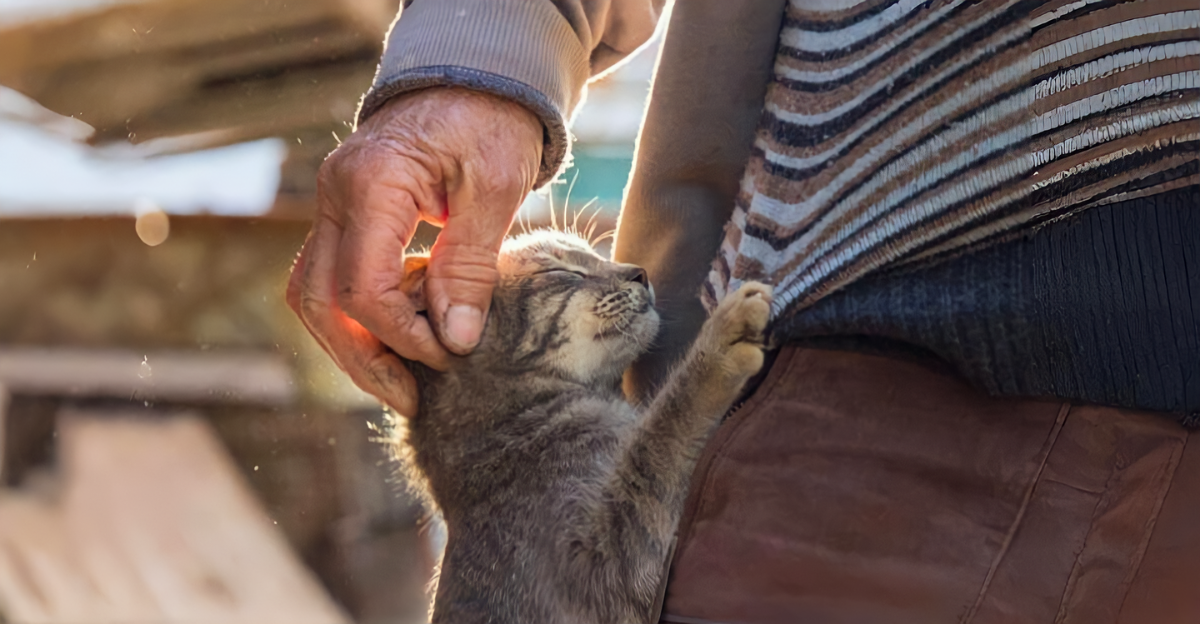
Babies have captivated people all over the world for decades. They are irresistible with their big eyes, soft features, and small size. Is it because they remind us of our babies or because we know how vulnerable and precious they are? Well, here’s why we’re so drawn to baby animals.
Konrad Lorenz’s “Baby Schema” Theory
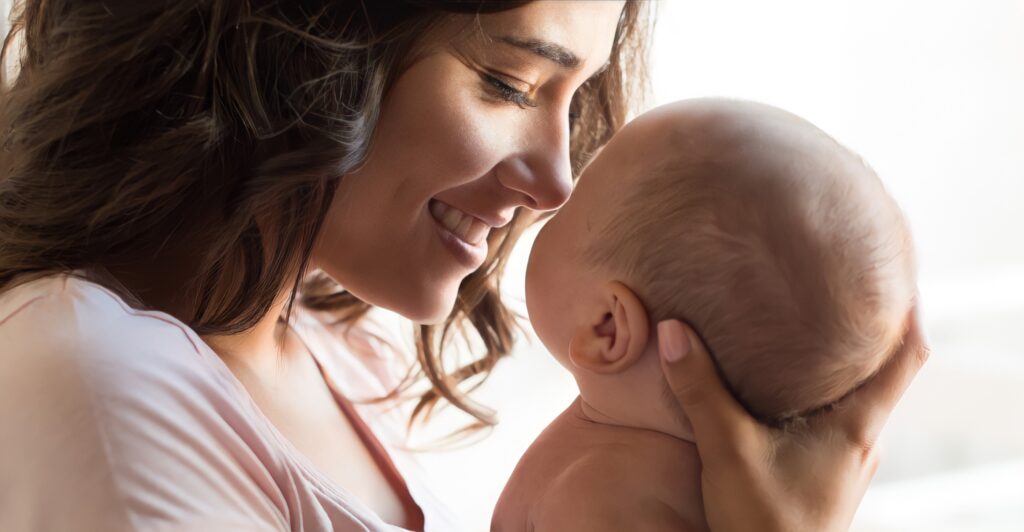
Austrian ethologist Konrad Lorenz introduced the “baby schema” (Kindchenschema) in 1943. He suggested babies have cute features to encourage parents to care for them. The same goes for animals, especially their adorable features and vulnerable appearance.
The Roots of Cuteness
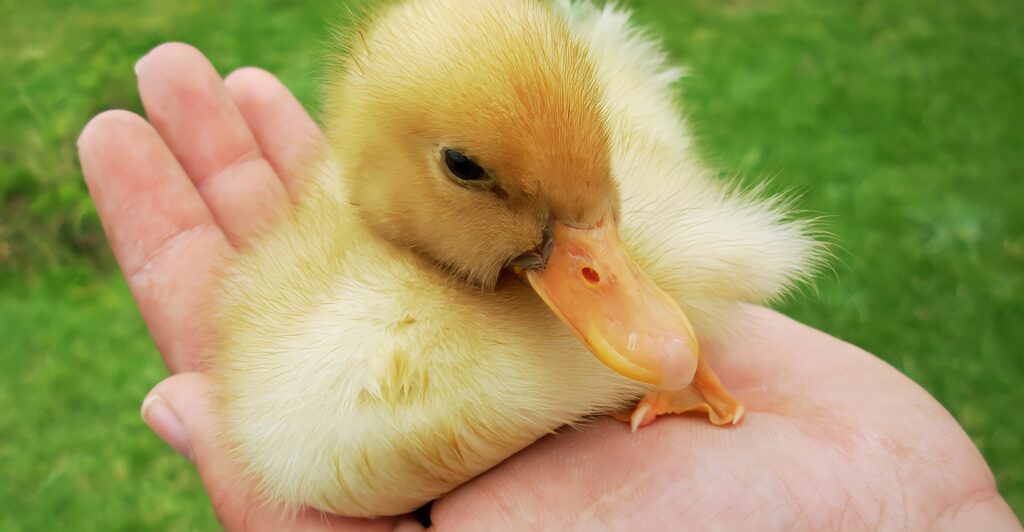
It is believed that cuteness evolved as a survival mechanism to give these babies the best chance of survival. Babies with more pronounced schema traits were more likely to receive care and survive, reinforcing these features over generations.
The Role of the Orbitofrontal Cortex
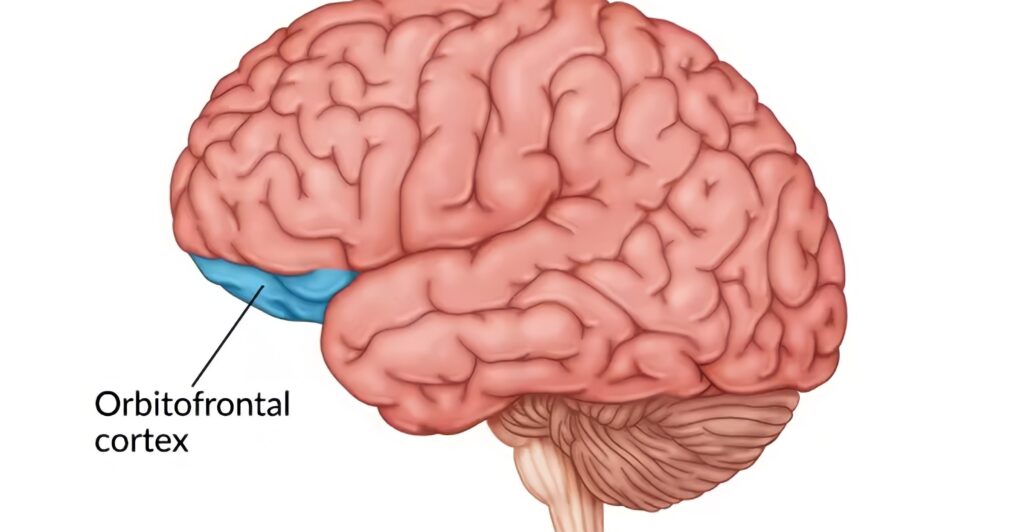
When we see something cute, the orbitofrontal cortex—a brain region linked to reward processing—activates rapidly. This neurological response urges humans to care for these adorable creatures as they release a constant signal in the brain.
Cross-Species Affection
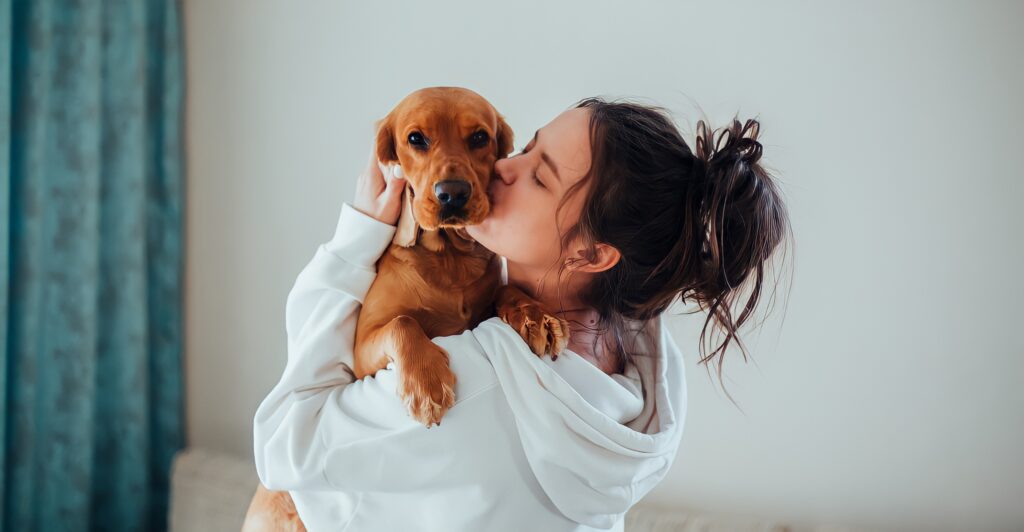
People often show the same affection to baby animals as they would to babies. Baby animals like puppies and kittens cause the same protective responses due to shared infantile traits, which helps strengthen the bond between owners and their pets.
Why Playful Behavior Matters

Besides their beyond-cute features, baby animals have a few other qualities that make them irresistible. They are clumsy and playful, adding to their cuteness and drawing you in. For example, a baby elephant’s unsteady gait can remind us of a toddler learning to walk, deepening our emotional connection.
Domestication and Infantile Traits
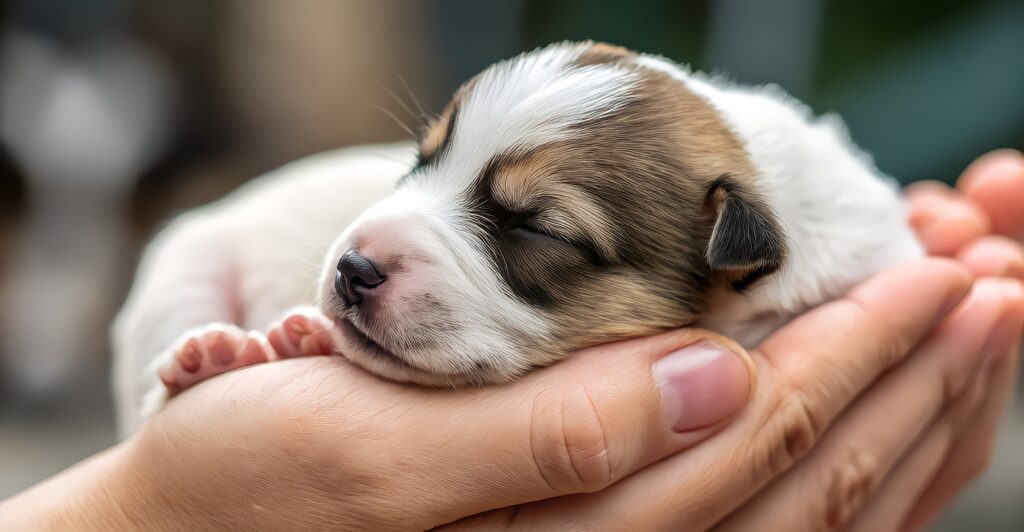
Domesticated dogs and cats have been selectively bred to emphasize juvenile features like smaller faces and floppy ears. These features make them more popular among owners and will most likely be chosen over less appealing breeds.
Empathy Toward Helplessness
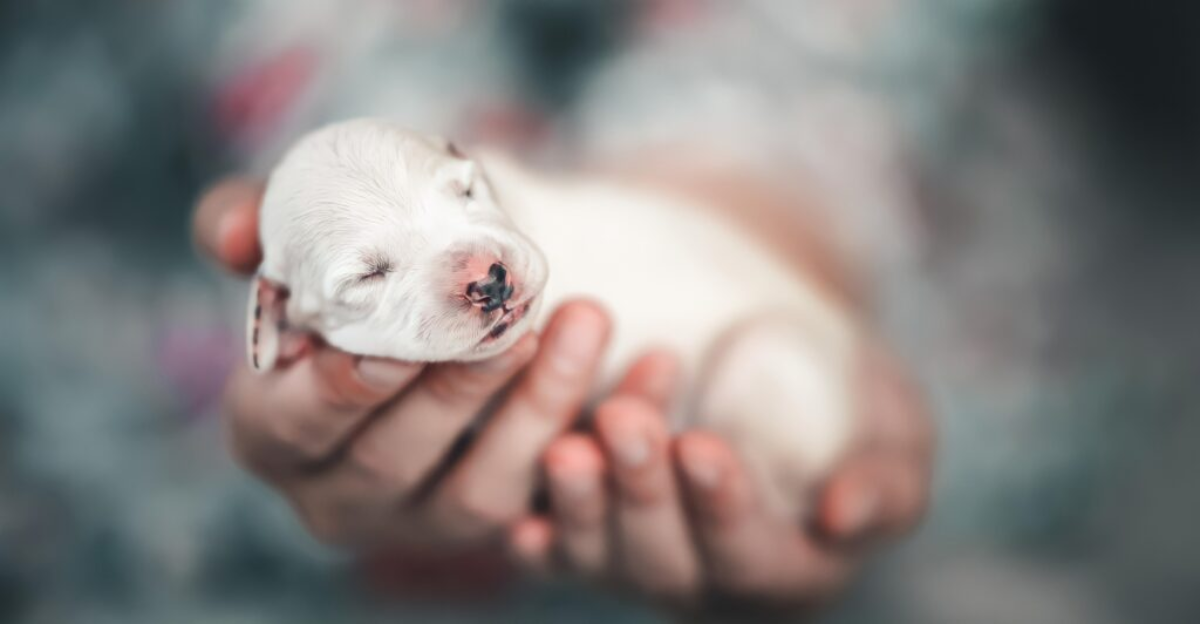
Studies show that humans feel more empathy toward creatures that appear helpless or dependent. Species that require the care of a parent to survive provoked more empathy in people than those that are independent after birth.
Multi-Sensory Stimuli
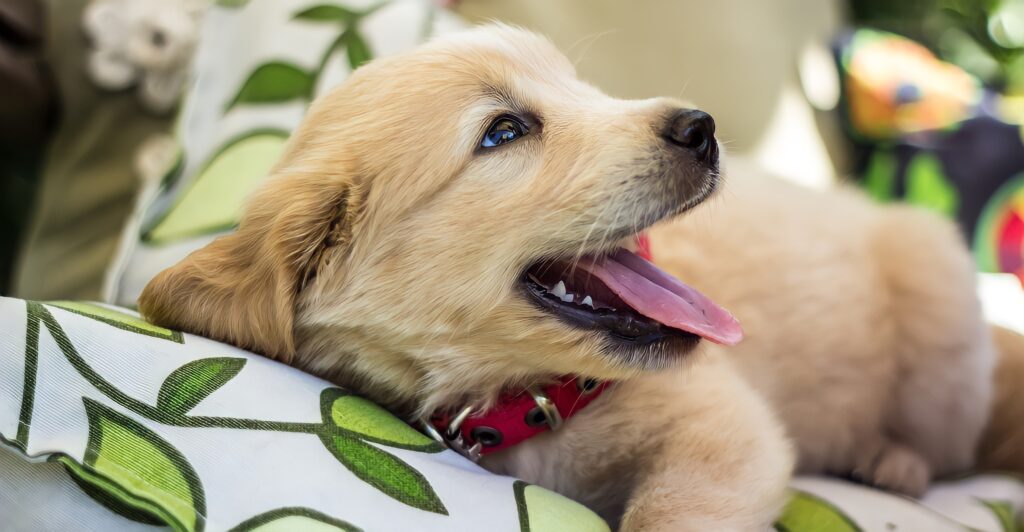
Baby animals don’t just look cute; they entice all your senses to make themselves more appealing. Think about puppy breath. Some people are obsessed with the smell of puppy breath. The same goes for babies, as they make little noises and have a unique smell that can melt hearts.
Cuteness as a Marketing Tool

Marketers leverage the baby schema to sell more products and attract people to their brand. Many companies mimic infantile traits to trigger positive emotions and increase consumer engagement. You can expect to see big, round eyes, larger heads, and fluffy fur because it sells; this can be found in cartoons and toys.
The History of Cuteness
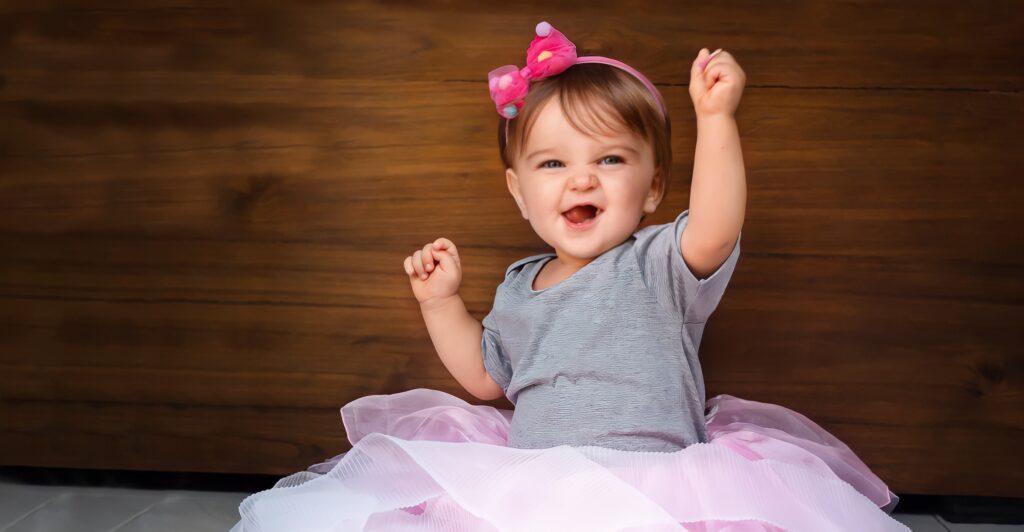
People have never been blind to the effect that cuteness has on them. Over many years and countries, you can see the typical display of these cute features in art, media, and even folklore. This goes to show just how deep the effect of baby-like features is ingrained in our psychology.
Children’s Early Response to Cuteness

Research has shown that even young children are drawn to the cute features of both humans and animals. This early development trait proves that our response to babies is hardwired rather than taught.
The Science Behind It All
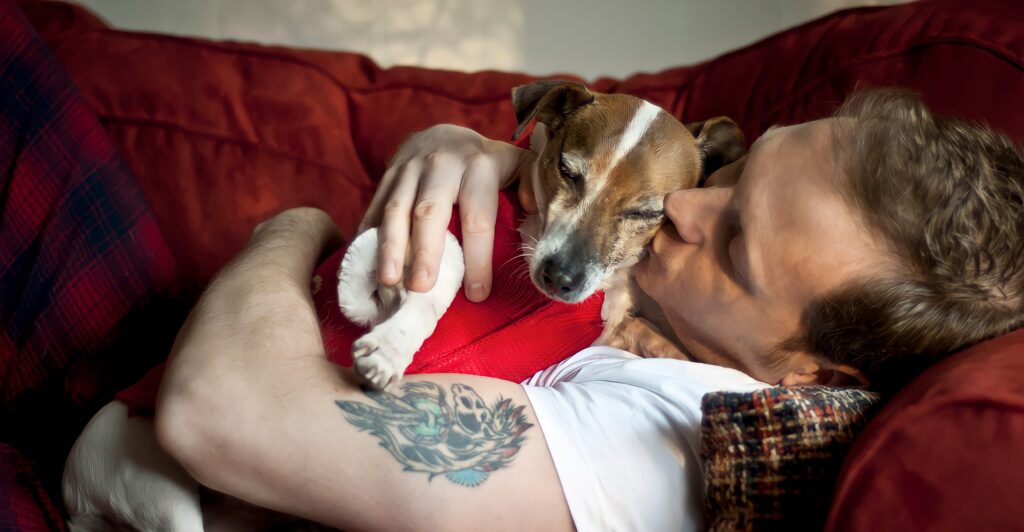
Our love for baby animals is rooted in biology, psychology, and evolution. We are urged to care, nurture, and love these little creatures to give them the best possible chance at survival. The whole world is connected, and this is proof of it.
Explore more of our trending stories and hit Follow to keep them coming to your feed!

Don’t miss out on more stories like this! Hit the Follow button at the top of this article to stay updated with the latest news. Share your thoughts in the comments—we’d love to hear from you!







